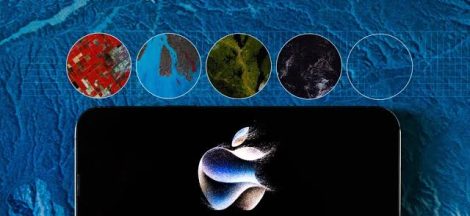Huawei has officially launched a 5G multi-mode chipset. Called Balong 5000, it will be integrated into the world’s first commercial 5G-powered device – the Huawei 5G CPE Pro.
The multi-mode chipset supports a broad range of 5G products alongside smartphones, including broadband devices, vehicle-mounted devices, and 5G modules. The Balong 5000, therefore, has not only officially unlocked the long-awaited 5G era, but will also provide users with the 5G experience across multiple scenarios.
Huawei Consumer Business Group CEO Richard Yu said, “The Balong 5000 will open up a whole new world to consumers. It will enable everything to sense, and will provide the high-speed connections needed for pervasive intelligence.”
He went on to talk about how consumers will experience greater speeds and freedom with the world’s first 5G-powered product.
“Powered by the Balong 5000, the Huawei 5G CPE Pro enables consumers to access networks more freely and enjoy an incredibly fast connected experience,” he said.
The Balong 5000 is clearly a major milestone not just in the Balong series, but among chipsets in general. It can support 2G, 3G, 4G, and 5G on a single chip thereby reducing latency and power consumption when exchanging data between different generation modes.
Furthermore, it performs impressively with respect to the industry benchmarks, achieving dizzying download speeds of up to 4.6 Gbps at low-frequency bands and 6.5 Gbps at high-frequency bands. It is also the first multi-mode chipset that supports vehicle-to-everything (V2X) communications which provides reliable and low-latency solutions for connected vehicles.

With the Balong 5000, the Huawei 5G CPE Pro is capable of downloading a 1 GB HD video clip within three seconds and allow one to stream an 8K video smoothly, devoid of any lag.
As a 5G pioneer that has been conducting research in this domain since 2009, it is only fitting that Huawei should be the company to introduce the world to the next generation network.





 TechJuice Circle Islamabad will connect startups with business leaders
TechJuice Circle Islamabad will connect startups with business leaders